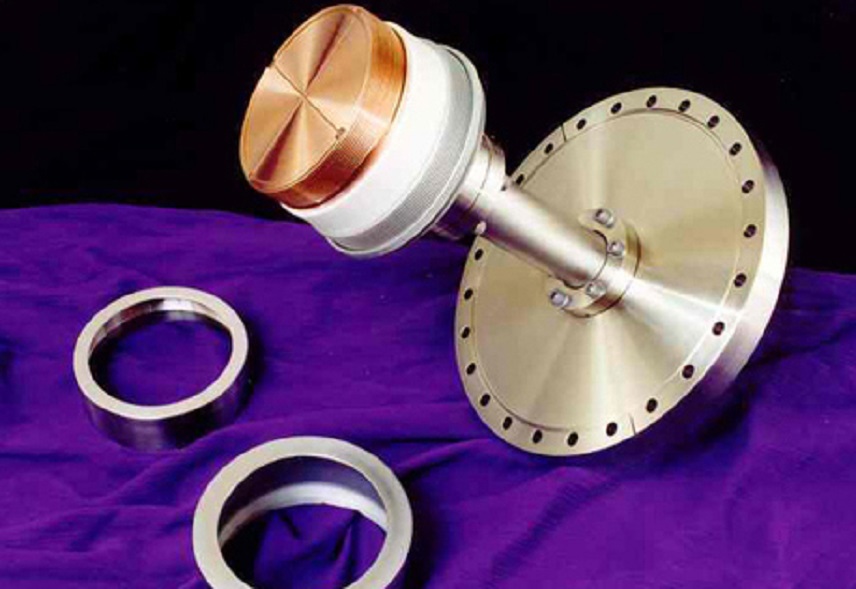Sputter deposition rate is a parameter that characterizes the film formation rate. In addition to the influencing factors such as the type and pressure of the working gas, target type and area size of the “sputter etched area”, and target surface temperature and target surface magnetic field strength, the deposition rate is also directly affected by the power density of the target surface, that is, the “sputtering voltage and current” of the target power supply output.

Sputtering voltage
The stronger and denser the plasma between the magnetic field control regions before the magnetron target is, the higher the atomic detachment rate on the target is. Among the factors affecting the sputtering coefficient, after the target, the sputtering gas has been selected, and the discharge voltage of the magnetron target matters. Generally, in the normal process range of magnetron sputtering, the higher the discharge voltage the larger the sputtering coefficient of the magnetron target; in other words, the larger the energy of the incident ions is, the larger the sputtering coefficient is. The effect is tempered and gradual over the range of energies required for sputter deposition.
Further Reading: Main factors affecting the voltage of magnetron sputtering
Sputtering current
The sputtering current of the magnetron target is proportional to the ion current of the target surface, so its effect on the deposition rate is much larger than the voltage. There are two ways to increase the sputtering current: one is to increase the working voltage; the other is to increase the working gas pressure appropriately. The deposition rate corresponds to an optimum gas pressure value, under which the relative deposition rate is the largest. This phenomenon is a common law of magnetron sputtering. It is appropriate to consider the optimum value of the gas pressure from the sputtering yield without affecting the quality of the film or satisfying the user’s requirements.
Sputtering power
In general, when the sputtering power of the magnetron target is increased, the deposition rate of the film is also increased; there is a prerequisite here that the sputtering voltage applied to the magnetron target is sufficiently high that the energy of the working gas ions in the electric field between the cathode and the anode is sufficiently greater than the “sputtering energy threshold” of the target. Sometimes, the sputtering voltage of the magnetron target is very low (for example, around 200 volts), and the sputtering current is also relatively high. Although the average sputtering power is not low, sometimes the target ion cannot be sputtered and cannot be splashed. Recording the sputtering voltage and sputtering current data of the magnetron target can not only know the “sputtering power” of the magnetron target, but also roughly understand the energy of bombarding the target surface ions and correctly estimate the deposition state of the target ions. It can be helpful to analyze problems and phenomena in many vacuum coatings.
Stanford Advanced Materials(SAM) is a global sputtering targets manufacturers which supply high-quality and consistent products to meet our customers’ R&D and production needs. Please visit our website for more information.





